Note from LeftEast Editors: We re-post this article which was originally published on May 28th by +972 Magazine – an independent, online, non-profit magazine owned and run by a group of Israeli and Palestinian journalists, providing fresh, in-depth reporting and analysis directly from the ground in Israel-Palestine.
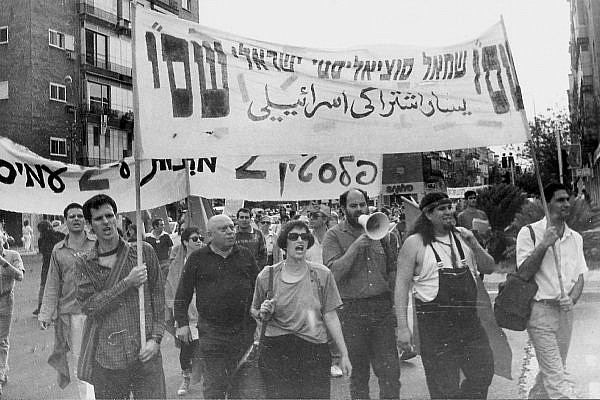
Born in 1953 to immigrants from the United States who had joined the Communist Party of Israel (CPI), Noam Kaminer was a stalwart of the Israeli radical left until his untimely death in 2014. His political way-stations, including the joint Arab-Jewish student group CAMPUS, the Israeli Socialist Left (SHASI) and the military refusal movement, all lay within a political space that had opened between the Zionist left and the pro-Soviet CPI.
The Independent Left in Israel, 1967-1993, a volume dedicated to Noam’s memory, explores the history of the activism that worked in this space. The book’s introduction, by Noam’s son Dr. Matan Kaminer and Prof. Joel Beinin, is presented here in abridged form.
This book seeks to map out a political space in Israel — a space that has a history and a legacy, but has never yet been named. We chose to call it “the independent left,” because its salient characteristic was independent both from the hegemonic Zionism which molded Israeli society, and from the oppositional ideology constructed around Soviet communism.
We locate the birth of this current at the end of the 1960s, a unique conjuncture around the world and in Israel. From its birth, the independent left was ideologically heterogeneous, with socialist, liberal, feminist, Mizrahi, and other components, but it was also pragmatically flexible, enabling a variety of organizations to cooperate both within and across its vague boundaries.
Even at its height, the independent left was never a cohesive social movement; yet it never fell entirely apart, either. Among the developments to which it contributed, we count the broad opposition to the First Lebanon War; the popularization of refusal to serve in the IDF (in Lebanon, in the occupied territories, or altogether); and the promotion of dialogue with the Palestine Liberation Organization and the two-state solution.
Historical origins
In 1965, the Communist Party of Israel (CPI) split between a right-leaning faction, which hoped to join the Zionist consensus on “security” matters, and another faction sympathetic to Arab nationalism. The two factions disagreed not only on Zionism but on the character of the regimes in Egypt and Syria, which the latter group — headed by Tawfik Toubi and Meir Vilner — saw as leading anti-imperialist forces in the region. This view became moot after Israel defeated these regimes in the 1967 war, with pan-Arabism collapsing as a political force.
Even prior to the split, a number of mostly Jewish members of the CPI had left to create the Israeli Socialist Organization, known as Matzpen, which was strongly critical of the USSR. Matzpen saw the struggle between Western imperialism and Zionism on the one hand, and the Arab national movement on the other, as the “principal contradiction” in the region. It rejected the distinction, commonly made by both Zionists and communists, between class struggle within Israel and the struggle for peace with its neighbors, including the Palestinians.
The power of Matzpen’s analysis is hard to deny, especially today as the horizon of the two-state solution recedes and the Israeli leadership joins the vanguard of global authoritarianism. But at the time, this analysis dictated a politics that could attract only a handful of militants.
The 1967 war re-drew the political map of the Middle East. From that moment on, the future of the occupied territories became the issue of the day for the left in Israel. Nevertheless, during the war and immediately following it, only the Toubi-Vilner faction (renamed the New Communist List, or Rakah) and Matzpen spoke out against Israel’s plans to settle these territories.
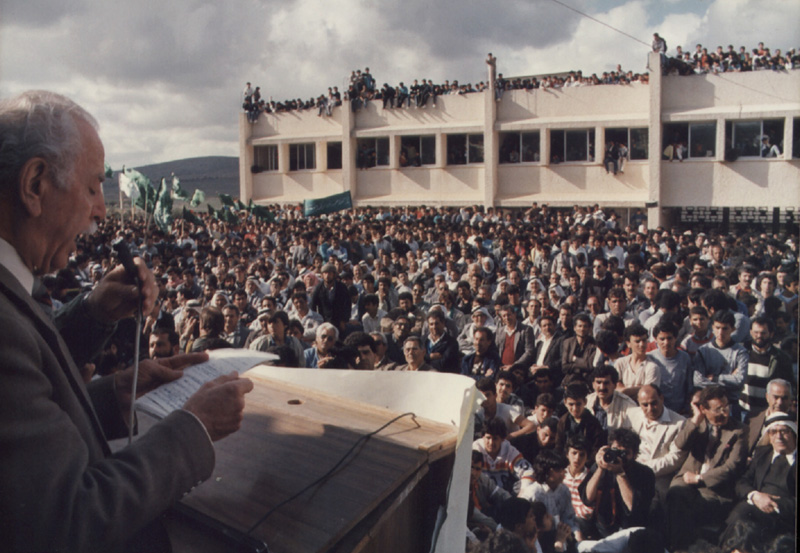
Rakah and Matzpen were also alone in rejecting the mainstream narrative that claimed the Arabs had threatened Israel’s very existence and provoked it into war. [1] On June 8, 1967, while the battle still raged, Matzpen and the Democratic Front for the Liberation of Palestine jointly published a statement denouncing the war in the London Times. In the jingoistic atmosphere which followed the war, such positions — especially when presented in English to an international audience — could not form an organizational basis for Jewish-Israeli resistance to the occupation and the danger of annexation.
The rise of the independent left
This organizational basis quickly emerged, influenced by the New Left that was gaining ground worldwide. The New Left drew strength from the Black struggle in the U.S., and the resistance of students and workers against regime violence in France, Czechoslovakia, the U.S., and Mexico, as well as the horrors of the Vietnam War. It defined itself as anti-imperialist but was also critical of the Soviet Union. After internal criticism of its failure to integrate women into its leadership and address women’s concerns, an independent feminist movement arose that sometimes cooperated with the New Left and sometimes worked separately. All these developments made their mark on Israel’s independent left.
In the immediate aftermath of the war, a few dovish initiatives appeared in Israel, including the Movement for Peace and Security; the Peace List, which failed to enter parliament in 1969; and HaOlam Hazeh: Koach Hadash, led by Uri Avnery, which won two Knesset seats. Several public intellectuals declared their opposition to the occupation, most prominently Prof. Yishayahu Leibowitz. But these initiatives arose from an older milieu and failed to gain traction.
Different to these groups was the organizational continuity, commitment to action, and daily personal involvement of the militants of the New Israeli Left (SIAH). This group was founded in 1968 by kibbutz-born university students, like Ran Cohen and ex-CPI members Reuven and Dafna Kaminer, who opposed Mapam’s (the predecessor of the modern-day Meretz party) drift to the right. It also attracted young Jewish immigrants from North and Latin America.
Unlike Matzpen, SIAH and its successors tried to construct a politics that would reach various audiences in Israel, enlisting them into the struggle against the occupation while connecting with their immediate desires and demands. For the first time, the independent left considered the possibility that Israel’s Jewish population was riven by divisions other than class. It responded enthusiastically to the Mizrahi rebellion of the Israeli Black Panthers in the 1970s, as well as to the feminist challenge to Israeli society and politics. Even when SIAH’s responses were partial or problematic, they were nevertheless a first attempt to identify these struggles with a left-wing agenda and to connect them to each other.
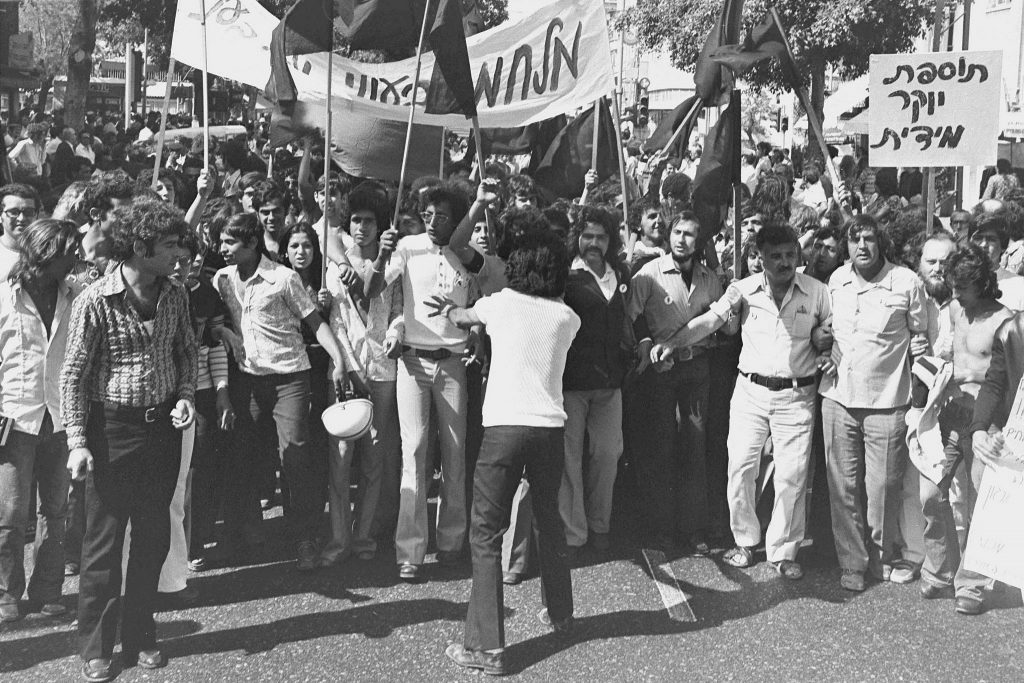
Simultaneously, the independent left tried to connect to sections of the Palestinian resistance movement. In 1972, SIAH members traveled to Birzeit University in the West Bank to meet with Palestinian students and scholars. After the meeting, several SIAH members assisted the Palestinian students in publicizing the PLO’s call to boycott the municipal elections organized by Israel. This first attempt at joint work was controversial within SIAH itself, but also created a precedent for the much stronger connections which were to be forged later that decade.
Like the New Left abroad, which often functioned more as a social and cultural movement than as a political one, SIAH lost ground and eventually disintegrated. But the current of the independent left was able to overcome the drawbacks entailed by its refusal to take up clear ideological stances. More structured organizations, like Israeli Socialist Left (SHASI), arose to continue the fight against the occupation as well as for feminist, class, and Mizrahi struggles.
From Beirut to Oslo
The conscientious objection movement that coalesced during the First Lebanon War of 1982 energized the independent left. Noam Kaminer was one of many reservists who joined Yesh Gvul, a new organization that challenged the militaristic consensus in a way that had been unimaginable before the war.

Like other members, Noam was imprisoned for refusing to serve in Lebanon. This model of resistance was preceded and strengthened by the personal and organizational bonds forged years before between the independent left and Palestinians in the occupied West Bank, represented, inter alia, by the Committee for Solidarity with Birzeit University, which quickly gave birth to the Committee Against the War in Lebanon.
The independent left was a witness, and to a certain extent a partner, in the rising Palestinian resistance of the mid-1980s which led to the outbreak of the First Intifada in December 1987. The signal achievement of the First Intifada was the Palestinian Declaration of Independence of November 1988, which opened the door to negotiations with Israel – a step the independent left had been demanding for twenty years.
The Oslo peace process, which began in 1993, seemed to minimize the distance between the independent left and its Zionist and Communist counterparts, both of which supported the process enthusiastically. Like them, most activists on the independent left hoped and believed that Oslo would lead to the creation of a Palestinian state.
While strongly critical of steps undermining the peace process, such as settlement expansion, the individuals and organizations associated with the independent left did not mount a coherent critique that would distinguish them from the rest of the “peace camp.” As the Oslo framework collapsed in October 2000, with the beginning of the Second Intifada, few voices remained to critique the Zionist left’s new narrative that there was “no partner” for peace.
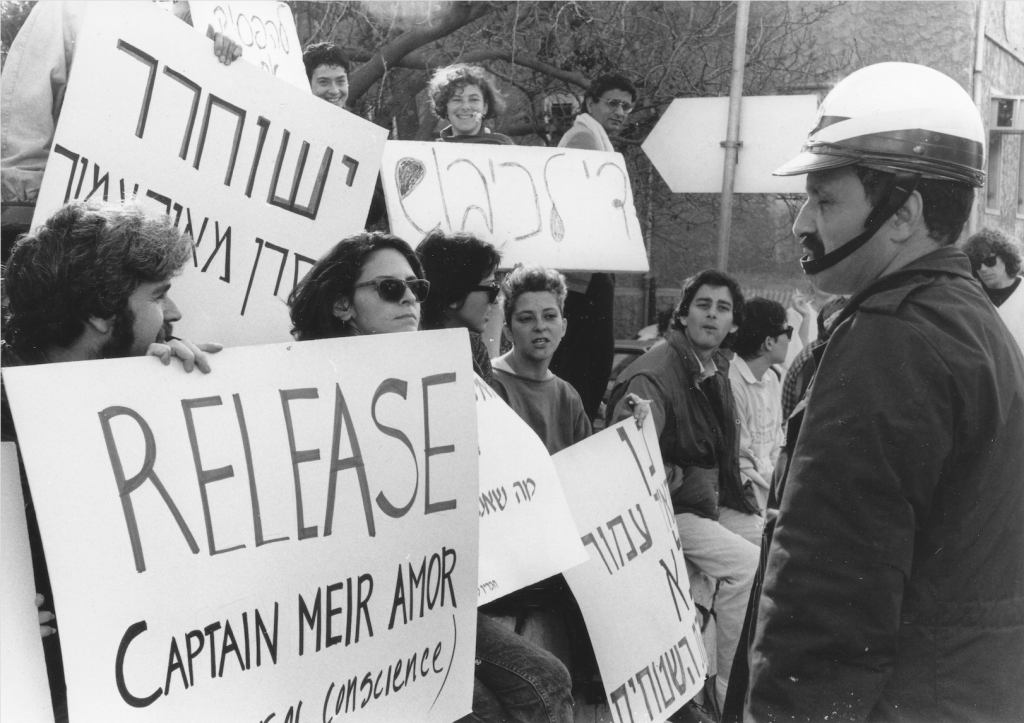
Structural changes in Israeli society also weakened the social base of the independent left. Despite its trenchant critique of the Labor Party’s rule, the independent left’s commitment to socialism was nourished by the continued popularity of social-democratic principles among middle-class, secular, Ashkenazi Jews up to the early 1980s. The neoliberal transformation of the Israeli economy since 1985 favored this group, while diminishing its identification with the working class and social democracy. The trend continued with the collapse of the USSR, which devastated pro- and anti-Soviet left forces alike throughout the world.
Thus, like its counterparts abroad, the Israeli independent left slowly exchanged the Marxist matrix of the New Left for the pluralistic mindset of the “new social movements,” in which each group was perceived as sovereign over its own struggle and organization. With time, many left organizations were “NGO-ized,” employing waged workers and depending on large institutional donors, mostly foreign. Existing groups, from the Workers’ Hotline to the Coalition of Women for Peace, became NGOs, while others that arose in the post-Oslo era, like Zochrot, Breaking the Silence, and +972 Magazine/Local Call, assumed the NGO form from the start.
Nevertheless, between 1967 and the start of the Oslo process, the independent left did manage to effect certain changes in Israeli society. It was the first to break the security consensus which had held in Israel since at least 1948. Together with other forces of the left, it posited the desirability of ending Israeli rule in the occupied territories and played a key role in promoting the recognition of the PLO as the exclusive representative of the Palestinian people. The highly mediated meeting between Israeli leftists and PLO representatives in Romania in 1986 successfully broke the Israeli government’s attempt to present engagement with PLO members as a criminal act.
From then on, and especially following the First Intifada, the slogan “two states for two peoples” achieved greater acceptance. And while today the two-state solution as envisioned by the independent left appears out of reach, the need for a democratic solution in accordance with international law for the “question of Palestine” is as urgent as ever.
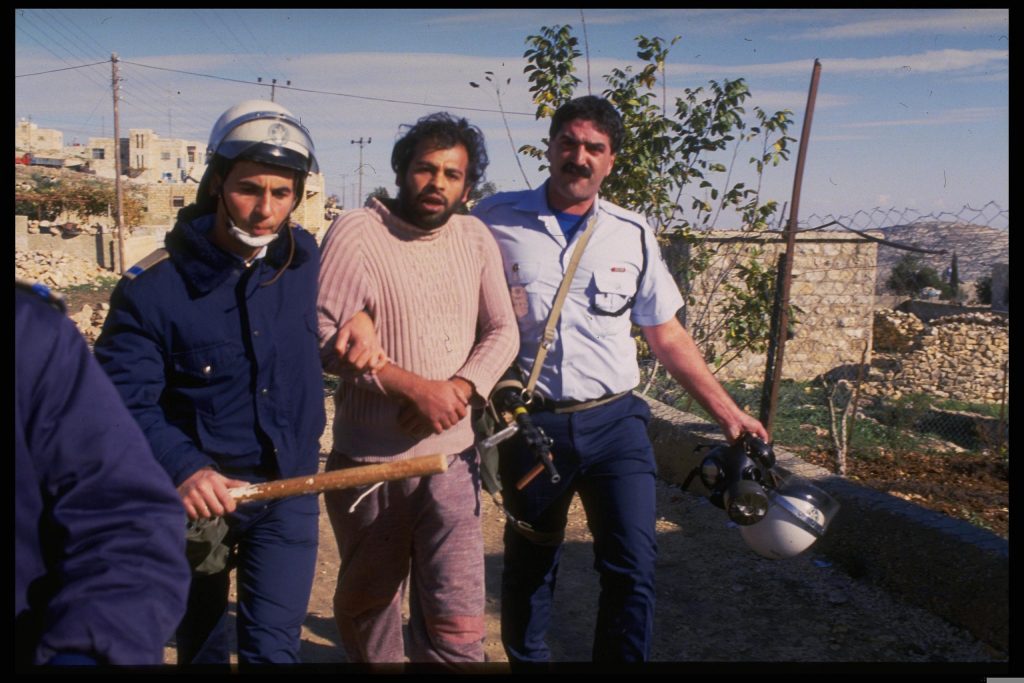
Finally, despite its errors and failures in this field, the support of the independent left for the Mizrahi struggle in general and the Black Panthers in particular, as well as for the women’s struggles of the 1970s, was groundbreaking. Though both struggles have developed since then, the contributors to this book and many others are convinced that in Israel/Palestine, there is no place for a left that does not address questions of race and ethnicity, gender and sexuality. The same is true of environmental issues, though this front did not concern the independent left of the past.
What remains?
The political landscape in Israel has changed utterly since the 1970s. From a left-wing perspective, of course, the change is mostly for the worse. The Oslo project, intended to arrive at an understanding with the Palestinians in order to open the vistas of a “New Middle East” for Israeli capital,[2] has been replaced by the hegemony of the Sharon-Netanyahu era, perpetuating the occupation and even transforming it into a unique engine of growth through the techno-military nexus. The Israeli mode of control has even become a global role model for right-wing authoritarians today, from Viktor Orban to Jair Bolsonaro.
The Zionist left also seems to have irreplaceably lost its social base, as the Ashkenazi middle class continues its wanderings from one novel centrist party to another. Communism, too, has been in decline in its traditional base among educated, urban Palestinians since the USSR’s collapse – though the creation of the Joint List has opened new horizons for progressive politicsamong the “Arabs of ’48,” or Palestinian citizens of Israel. Under such circumstances, it is no surprise that the forces which constituted the independent left have not made many breakthroughs.
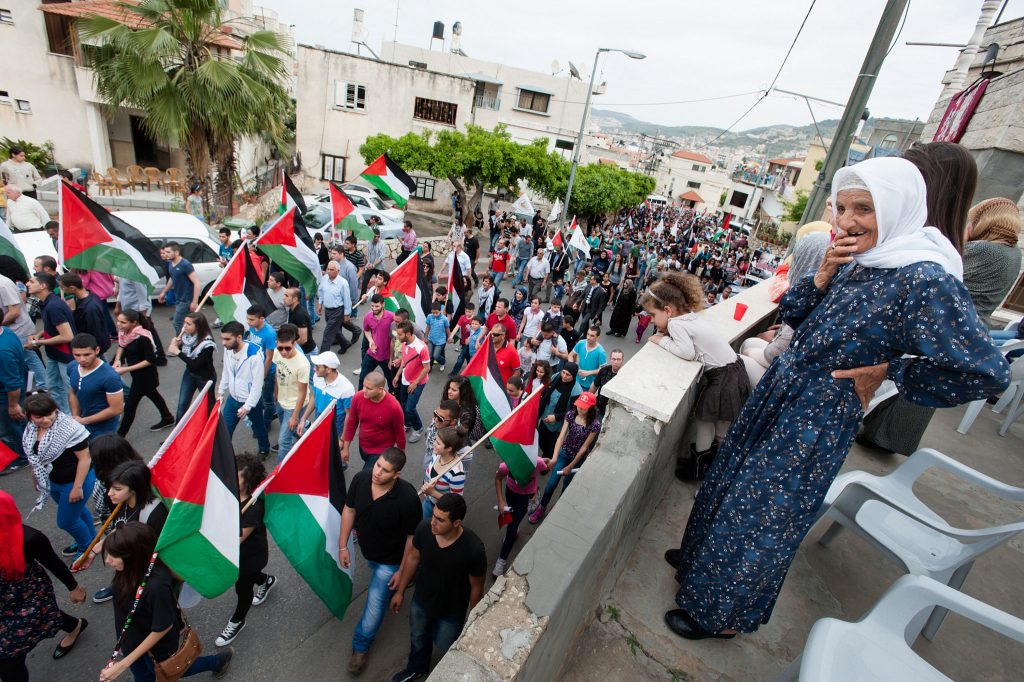
Nevertheless, a number of groups have carried on the legacy of the independent left in early 21st century Israel. The most prominent among these have been Ta’ayush and Tarabut. Ta’ayush (“coexistence” in Arabic) was established at the outbreak of the Second Intifada, dedicating its energies to organizing solidarity trips to West Bank villages grappling with unprecedented repression.
Around a third of Ta’ayush’s members were Palestinian citizens of Israel, mostly members or ex-members of the CPI and its front group, Hadash. Among its Jewish members were veterans of the independent left, including Noam Kaminer, and ex-members of Peace Now and other Zionist groups, especially youth radicalized by the Second Intifada. Besides its work in the West Bank, Ta’ayush also emphasized socio-economic and feminist issues before fading away with the end of the intifada (though the small contingent in Jerusalem is still active).
In its solidarity actions with Palestinian groups fighting the construction of Israel’s separation barrier, Ta’ayush often cooperated with the more militant Anarchists Against the Wall. As the group’s name indicates, its roots lie in the Israeli anarchist movement of the 1990s, which had no direct relation to the independent left but was similarly committed to the articulation of disparate struggles.
The anarchist movement of the 1990s was the first to introduce environmental issues and animal rights to the left’s discourse in Israel; in recent years, its former flagship “Anonymous” has successfully promoted veganism in Israel, while undergoing a de-politicization which culminated in its re-christening as “Animals.”[3] The anarchist movement and the left (Zionist, Communist, independent) also all met in the short-lived Israeli anti-globalization movement, which flowered around 2004.

In 2007, two of Ta’ayush’s founders — ex-conscientious objector Gadi Algazi, and SHASI veteran Gerardo Leibner — founded Tarabut, a party-like political organization which joined Hadash, much as SHASI had, while committing itself to the “articulation of struggles.” Tarabut was heavily involved in City for All, a municipal party led by MK Dov Khenin of Hadash, with Tarabut member Yael Ben-Yefet serving as a municipal councilor. But tensions between Tarabut and the CPI, which arose around the parliamentary rotation crisis in the Joint List, led to Tarabut leaving the front in 2017. Today it is no longer active.
Another lineage continues among the organizations dedicated to refusing IDF service. Israeli conscientious objectors have been divided between those who “selectively” refuse to serve in the occupied territories (most often reservists), and those who refuse to serve altogether (usually inductees). Though most objectors of the 1980s were selective, ideology, organization, and kinship link the independent left to the various consequent groups of shministim (“high school seniors”): Noam’s son Matan (a co-author of this introduction) and his niece Tair were both imprisoned as signatories of shministimletters.
The reservist objectors of the post-Oslo generation mostly identify as Zionists, but are much more critical of the security consensus than their forebears. In their willingness to break free of the consensus around such events as the repeated attacks on Gaza, reservists’ organizations like Breaking the Silence are more akin to the independent left than to historic Zionist-left groupings like Mapam.
Militant opposition to the occupation was also characteristic of Solidarity Sheikh Jarrah, a grassroots group created in 2009 which held weekly demonstrations with residents of the East Jerusalem neighborhood against the attempts by the government and settlers to dispossess Palestinians who had lived there since 1956. This group, too, included many members who identified as Zionists, but were willing to collaborate with Palestinians in unprecedented ways. The connection with Sheikh Jarrah residents was formed by a number of Jewish-Israeli women, whose leadership was finally undermined by a group of men — a sign that the struggle against the occupation has yet to internalize the lessons of feminism.
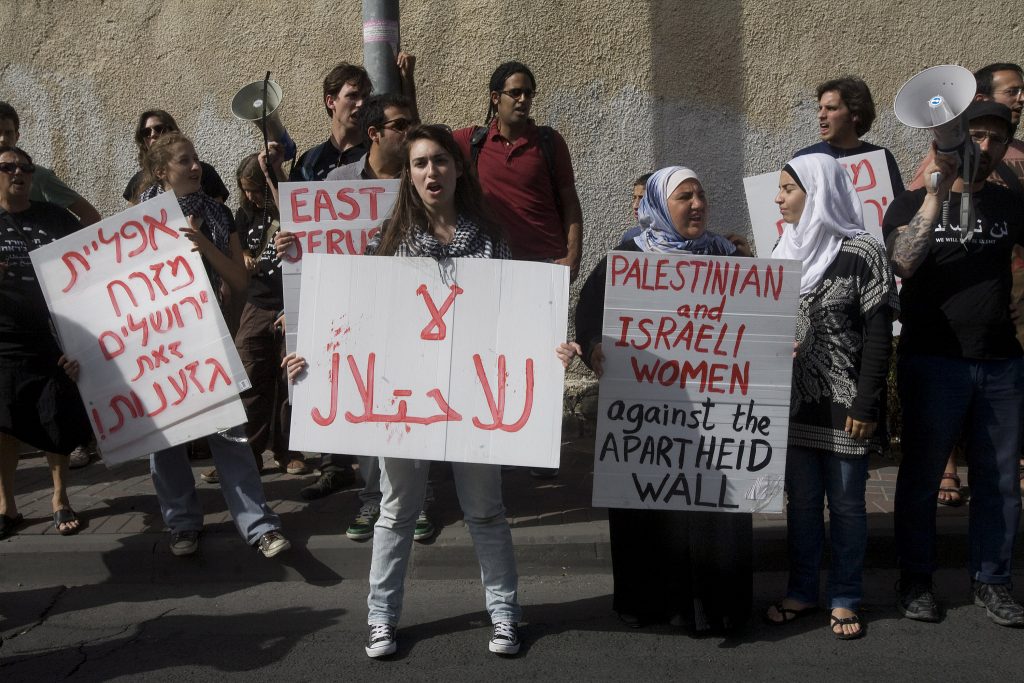
But continuity also characterizes the feminist left. A number of feminist groups, including some that had belonged to the independent left, formed the Coalition of Women for Peace in 2000. For years, the Coalition took up the role of coordinating the struggle against the occupation within Jewish society. At the outbreak of the Second Intifada, the refusal movement joined forces with feminist thought and the demand for demilitarization through the organization New Profile, and today Mesarvot provides support for a new and mostly female generation of objectors.
The growing membership of Academia for Equality carries on the legacy of Campus by aspiring to articulate struggles under a radical-left aegis in the relatively welcoming territory of the academy. The grassroots campaigning group Standing Together is similarly motivated, though its founders Dov Khenin and Dani Filc are rooted in the Communist and Zionist left respectively.
But if “independent left” is the name of a milieu rather than an organization, its long-term influence may well be more widespread than is immediately apparent. Despite its small size, Israel’s contemporary left ecology is surprisingly diverse, both in terms of organizational form — such as NGOs, labor federations like Koach La’Ovdim, membership groups like Academia for Equality, and ad-hoc activist groups — and in the issues it addresses, ranging from the abduction of Yemenite children in the early years of the state, to sexual harassment in nightlife, to equality for transgender people, asylum for African refugees, and defense of public housing.
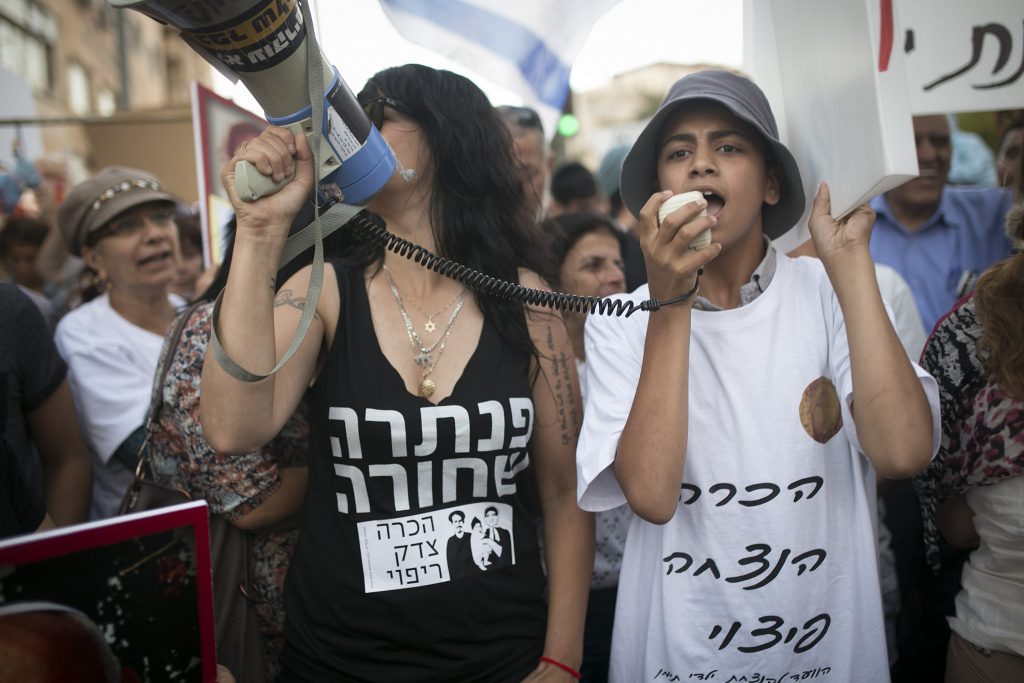
While some organizations and activists oppose any linkage between their issues and the occupation, “articulation of struggles” has become common sense among the younger generation of activists, who do not see the point in labeling any struggle as “primary” or “central” but aspire, at most, to strategic alliances. If their forebears in the 1970s did not see things quite this way, their spontaneous, pluralistic, and flexible methods nonetheless laid the foundation for this new common sense.
Pluralism of the sort now common on the Israeli left also has its drawbacks. The algorithmic culture of social media, where much activity is now coordinated, often rewards aggression and purism rather than collaboration and dialogue. Unlike many independent leftists of the previous generation, today many activists are noncommittal about the very term “left,” which continues to attract opprobrium as a signifier of myopic concentration on the occupation and bourgeois-Ashkenazi condescension.
While young people across the world are newly attracted to socialism, the long shadow of Labor Party rule in Israel and the relative prosperity under Netanyahu still impede the progress of the red flag. At the same time, activists committed to struggle against injustice of one sort often hesitate to commit to other struggles, especially when these are unpopular among the public they aim to reach.
In our opinion, however, the question is not one of terminology or marketing. Activists aspiring to a social sea-change must identify the strategic weak points of the ruling order if they are to mount an effective opposition. Another way of asking this question in Israel today is: how can one break with the Zionist consensus without losing the ability to contribute to struggles within Israeli society? The independent left of the previous century could not find an answer to this question, but the new generation, which has no definitive answer either, might learn something from the attempts of its predecessors.
[1] For a historical refutation of the argument that Israel had “no choice” but to fight the 1967 war, see Guy Laron, The Six-Day War: The Breaking of the Middle East (New Haven: Yale University Press, 2017).
[2] See Yoav Peled, “Profits or Glory?: The Twenty-Eighth Elul of Arik Sharon.” New Left Review 29 (October 2004).
[3] See Yossi Wolfson, “Rebranding with the Flow,” It’s All Lies, 15/2/2019 (Hebrew).
Matan Kaminer is an anthropologist and a member of the board of LeftEast and Academia for Equality.
Joel Beinin is the Donald J. McLachlan Professor of History and Professor of Middle East History, Emeritus at Stanford University. His research and writing focus on the social and cultural history and political economy of modern Egypt, Palestine, and Israel, and the Palestinian-Israeli Conflict.

